A very short answer: The input signal at the base (Vin=VBE) is transferred into an output current Ic acording to the transfer characteristic (control function):
Ic=Io[exp(VBE/Vt)-1]
This is not a linear function and, therefore, the output current does not swing in exact proportion to the input voltage (and the same applies to the output voltage at the collector which is caused by the output current swing). And this nonlinearity causes distortions.
Only for very small input voltages we could consider the relation as "quasi-linear".

